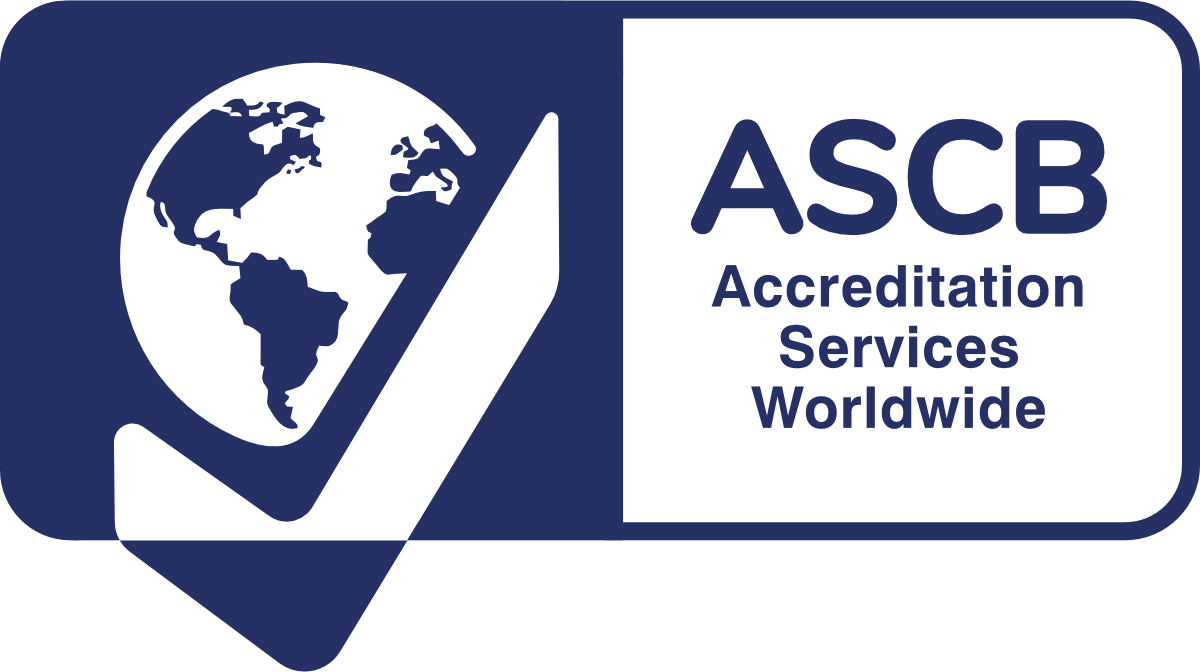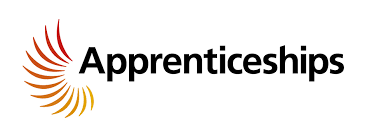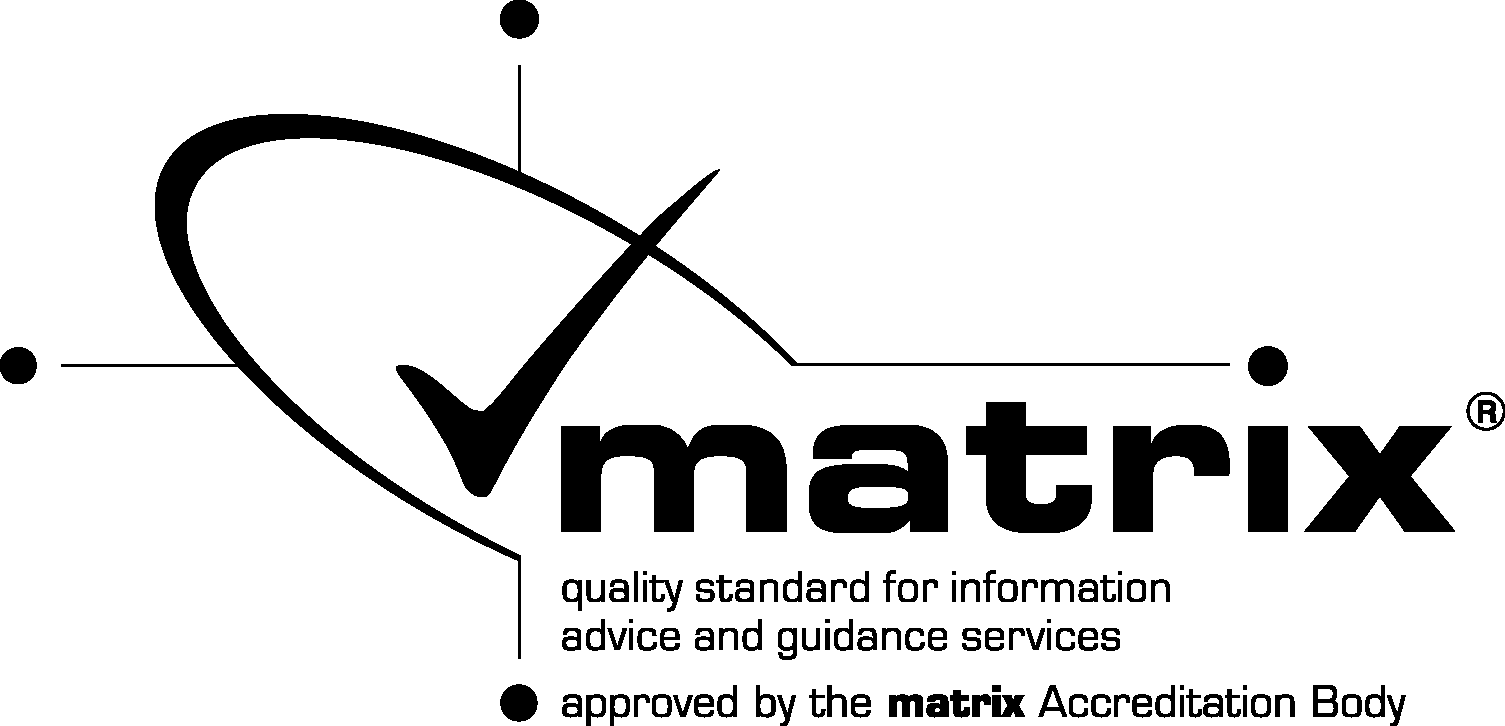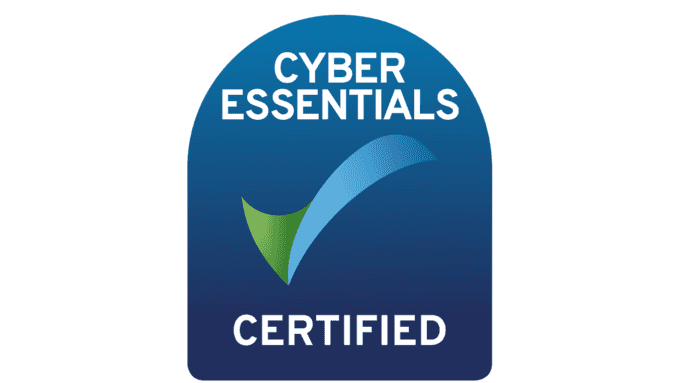History of ISO
ISO 9001 is one of the most widely spread international standards, used by businesses and companies globally as a mark of trust, quality and high standards.
If you want ISO 9001 support, or any ISO support, from qualified and experienced consultants, contact Clear Quality today. We would love to meet you.
What is the ISO 9001?
The ISO 9001 certification is focused upon implementing and maintaining a QMS (quality management system) and specifies requirements that organisations, companies and businesses must meet to be certified. It ensures customers that your products and services consistently meet their requirements and that you are constantly improving. It can be awarded to any organisation, regardless of size or industry. Many major companies require their suppliers to have ISO 9001 certifications.
Where did it begin?
The idea that a quality management system could impact the quality of a product or service was first introduced in the 1970s. It wasn’t through the International Organization for Standardization, but rather a number of large organisations, such as Ford and the Ministry of Defence, who released their own quality management standards. The Ministry of Defence had the largest impact upon the quick acceptance of this idea, as it dealt with a huge number of different suppliers; in order to trade with them, your business had to meet the requirements of their quality management standards.
The BSI published the first UK standard in 1971, the BS 9000, which was specifically designed for the electronics industry. They also released the BS 5179 and 5750, which were based extremely closely around the Ministry of Defence’s standards. These moved the responsibility of quality assurance from the customer to the supplier for the first time – implementing the use of third party inspectors.
It wasn’t until the 1980s that the International Organization for Standardization implemented the UK’s standards into their international guidelines and qualifications for certification. They published the first ISO 9000 in 1987.
Changes in the certification
The ISO 9001:1987 had a tight structure with twenty requirements, but it focused on conforming to procedures and the big-picture of creating a high-quality process was somewhat lost. The ISO 9001:1994 had similar problems with enforcing conformity. It meant that organisations struggled under the pressure of rules and regulations, putting together heavy manuals that often stifled the process rather than helping it.
The ISO 9001:2000 saw the largest changes since the ISO 9001 was introduced. It combatted the problems and sought to create a standard that focused on positive growth. Rather than hefty manuals and documents dictating the running of a QMS, the running dictated the documentation. This third edition wanted to draw out the emphasis that the ISO 9001 was about creating a quality management system via process performance measures. The documentation was evidence that the process was running effectively. It introduced eight key principles:
- Focus on the customer
- Effective leadership
- Engaging people in all levels of the company
- A process-based approach to management
- Looking to continually improve
- Decision making based on evidence and data
- A focus on a mutually beneficial relationship between supplier and customer
- Traceable consistency
These eight principles created much more freedom for companies to create QMS’s that suited their business while still meeting high quality standards.
The next update, the ISO 9001:2008, didn’t involve such a radical change as the last edition. It sought to make clearer the requirements of the last ISO and to improve the way it fitted with other standards, such as the ISO 14001.
The most recent edition, ISO 9001:2015, was launched to ensure that the ISO reflected the best and more recent developments in good QMS practice. It made changes to ensure even easier integration with other ISOs and management systems, along with less prescriptive that allows your business to create a QMS that suits you.
ISO 9001 today
Over one million organisations across the globe have achieved ISO 9001 certification and it’s one of the world’s most widely used management tools. In 2014, the UK had over 40200 certified companies and the number has only increased in recent years.

 LEAN MANUFACTURING OPERATIVE LEVEL 2
LEAN MANUFACTURING OPERATIVE LEVEL 2
 Skills Bootcamp In Quality Management
Skills Bootcamp In Quality Management








